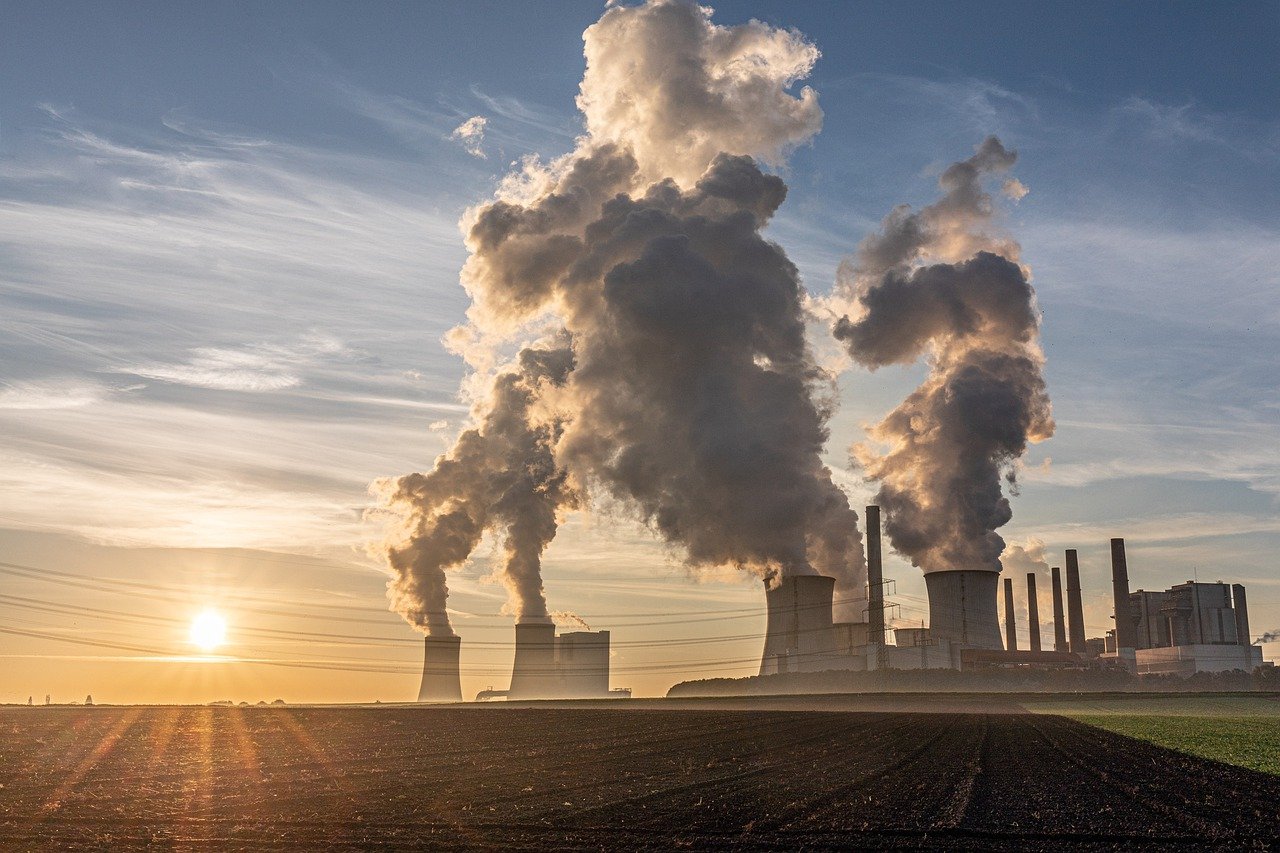Education
The Secrets of a Power Plant

How do power plants power generate? What are they actually made of? Why are there so many different kinds of power plants? While it might not be obvious, there’s more to power plants than meets the eye, and we’re here to break down the basics of this important technology.
The Secrets of a Power Plant
How do power plants generate electricity?
Power plants generate electricity by burning fossil fuels like coal, oil, and natural gas. This process converts these hydrocarbons into carbon dioxide, water, and heat. The exhaust from burning fossil fuels is called flue gas.
Through a process called combustion, power plants use air to supply oxygen for fuel combustion and remove excess heat from flue gas.
Finally, in a few different processes (called cycles), steam turbines convert energy in that heat back into electricity through a generator turbine. After it’s generated, that electricity flows along transmission lines before reaching your outlets at home.
The gases are cooled down and emitted into the atmosphere after being purified as they pass through a cooling tower or another heat exchanger.
Additional features like particulate control may also be part of your local power plant’s emissions-control system. These features serve to clean up pollution released by combustion or other industrial processes before they escape into the environment.
Pollution controls can include filters, scrubbers, and other elements aimed at removing harmful particles and gases. No matter how efficient a power plant is with its pollution controls, however, some type of emission will always leak out during power generation.
Where do power plants get their energy from?
A power plant gets its energy from fuel. There are three main types of fuels: coal, natural gas, and oil.
A power plant is built to use one or more fuels to produce electricity that you can use in your home or business. Since different fuels are available in different places, there are three main types of power plants: fossil-fuel plants that burn coal, natural gas, or oil; nuclear plants that generate electricity from splitting atoms; and hydroelectric power plants that harness energy from flowing water.
In addition, some power plants use renewable sources like wind and solar power. Whatever type of fuel they need to use, power plants all have one thing in common: They take it and convert it into heat energy using very high temperatures—more than 3,000 degrees Fahrenheit.
These temperatures are so hot that they also generate steam as a byproduct—and it’s what drives steam turbines connected to giant electrical generators in most conventional coal-, natural gas- or oil-powered electric generating stations.
The moving blades of these huge fans churn out enough electricity to supply hundreds of thousands or even millions of homes with enough juice for lights, appliances and electronics. Fossil-fueled power plants do not burn any fossil fuels when they create electricity. Rather, burning takes place at another location altogether when you flip on a light switch or push an electronic button.
Why do we need renewable sources?
Electricity is easily one of the most important aspects of our society. It’s used for transportation, communication, heating and cooling, manufacturing, and much more. But with increased use comes increased demand for electricity.
To provide enough power for everyone in our country and to do so in an environmentally-friendly way we’ll need to turn to renewable sources. These are alternatives to burning fossil fuels that are less harmful both to people and the planet.
There are many types of renewable energy available: Each source generates its own type of energy, but all are carbon neutral or positive which means they don’t release carbon dioxide into our atmosphere as fossil fuels do when burned.
Some of these sources even generate additional benefits for our planet; for example, geothermal heat pumps can lower heating bills while also providing space heating and cooling to help limit greenhouse gas emissions.
The best part is that using renewable sources is not only better for people and the planet it’s cheaper in most cases than using traditional fossil fuels.
-

 Motivation2 years ago
Motivation2 years agoWhat Research Says About Fear of Self-Motivation
-

 Digital Marketing2 years ago
Digital Marketing2 years agoHow to Learn Graphics Designer
-

 Education2 years ago
Education2 years agoHow do Become a CNC Programmer
-

 Education2 years ago
Education2 years ago4 Things You Didn’t Know About Turbines
-

 Education2 years ago
Education2 years agoThe benefits of hiring a graphics designer
-

 Education2 years ago
Education2 years ago7 Questions to Ask Yourself if You Want to Become a Career
-

 Digital Marketing2 years ago
Digital Marketing2 years agoThe Ultimate Guide to Getting Started as a Full Stack Developer
-

 Health2 years ago
Health2 years ago5 Tips to Improve Your Immune System



